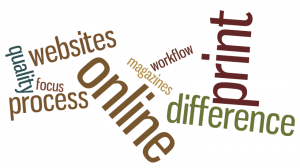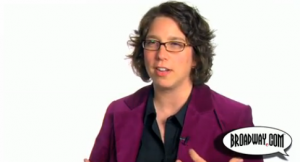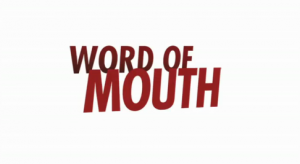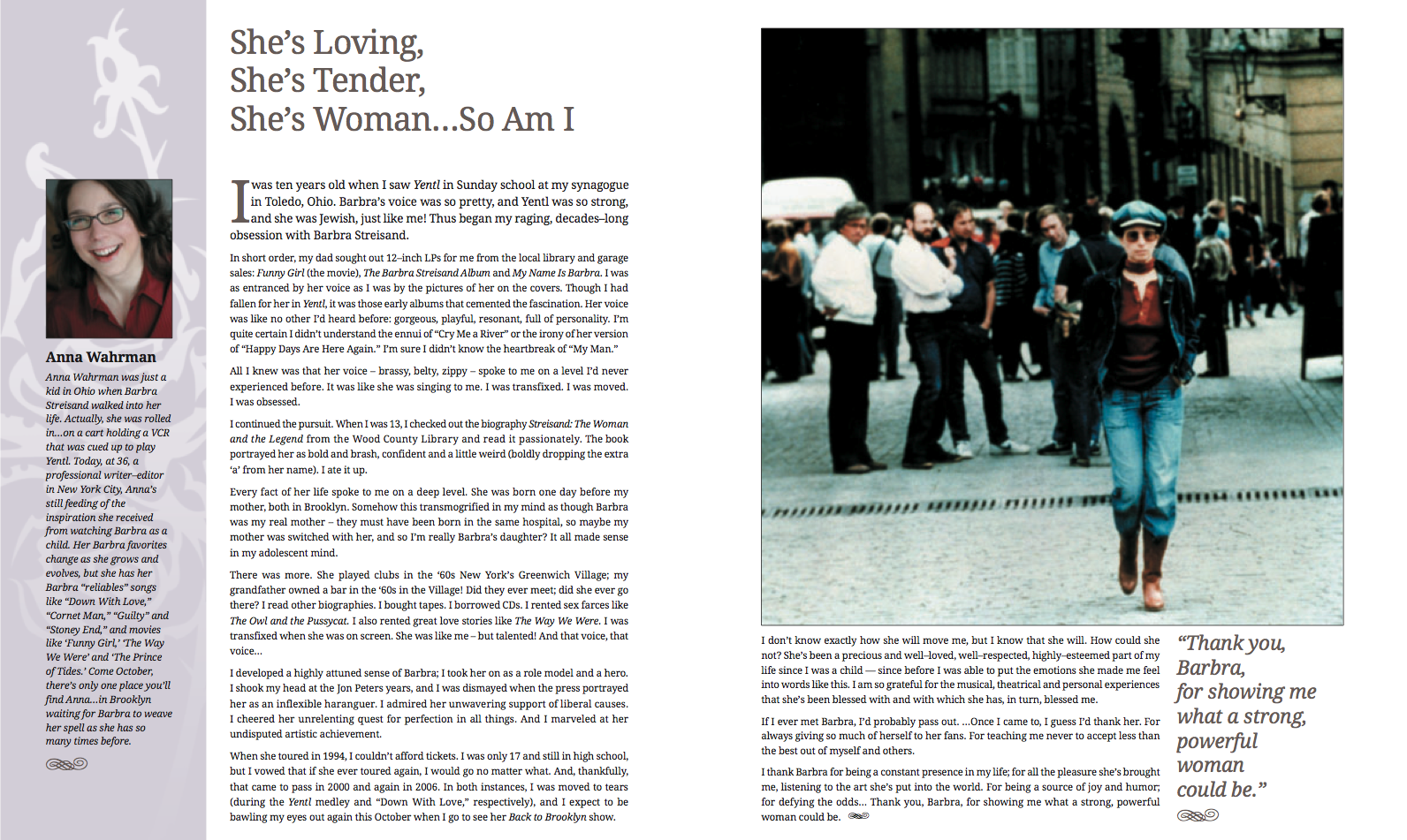 I’ve spent the past month helping edit a book. A real, old-timey, printed-pages book, with big photos and tons of words. While it has been an all-consuming grind to move the thing from words on a screen to designed layout to perfected page, creating a book also opened my eyes even further to a handful of differences between the print and online worlds of publishing. I suppose I knew these differences abstractly — after all, I’ve worked in the print publishing world for a more than a decade and I’ve written about some of these variations before — but living the book-publishing life instead of the online-publishing one for a month solid has put these five distinctions into stark relief.
I’ve spent the past month helping edit a book. A real, old-timey, printed-pages book, with big photos and tons of words. While it has been an all-consuming grind to move the thing from words on a screen to designed layout to perfected page, creating a book also opened my eyes even further to a handful of differences between the print and online worlds of publishing. I suppose I knew these differences abstractly — after all, I’ve worked in the print publishing world for a more than a decade and I’ve written about some of these variations before — but living the book-publishing life instead of the online-publishing one for a month solid has put these five distinctions into stark relief.
1. Standardized technology
Practically the entire print world (magazines as well) uses Adobe’s Creative Suite. If you’re a publisher, you’re using InDesign, Photoshop and Illustrator, period. Occasionally there are major disruptions — when the industry moved from QuarkXPress to InDesign around the turn of the century, for example, after having been Quark-centric for the previous half-dozen years. If a stranger wandered in off the street to a prepress shop or printer, they’d see InDesign being used. If a college kid majors in graphic design, she’d better be taught to use Illustrator. If you’re a photographer or retoucher, Photoshop is your go-to.
Compare this to the completely opposite world of online publishing. There’s not a standard content management system that every publisher uses. Open-source platforms like WordPress and Drupal are huge and growing — they’re being selected as the go-to CMSes more every day — but they’re not widespread enough to be called a standard, at least not the way InDesign is for print publishers. More often, each Internet publishing site has its own, homegrown, cobbled together, Frankenstein half-solution, which works well enough to connect A to B, but just barely, and it is not a complete solution in the way that Adobe Creative Suite has been for print.
There’s also no standard photo-editing app: Photoshop is one option for online photo editing, but so are Pixlr, Aviary, Gimp, on and on. Even Facebook and Twitter — not to mention Instagram — offer online photo editing.
In fact, Internet publishing reminds me of nothing more than print in the 1980s and 1990s. Computers were being introduced and used to some degree for word processing, but there was no single software system for print publishing. We’d moved well beyond copy boys, news alerts coming across actual wires and traditional typesetting, but the “technology” that most publishers used then included paste-ups and X-acto knives (or some version thereof). We’re living the equivalent now online. Will the Internet standardize to a single CMS? Will there be a turnkey solution invented that takes online publishing from primordial to fully evolved?
2. Established process and workflow
The printed word carries with it an established process, one that has been more or less the way things have worked since Gutenberg. First you write the words, then you edit them, then you publish them. This is true still in print publishing. Broadly: brainstorm, assign, write, edit (line edit, fact-check, copyedit), design, prep, print, and then distribute completed, unalterable product. There are often many rounds of each of these steps, and distribution can be a months-long process. But a process it is, and one that carries a fixed order and a good degree of finality.
Online publishing, on the other hand, usurps this process from end to end; the online workflow is not fixed. Anyone can devise her own ideas and then write them. They needn’t be edited nor fact-checked, but even if they are, many people and even organizations publish first and edit later, and then republish. This doesn’t actually disrupt the distribution process a bit, because the piece is a living document that can always be changed. The immediate distribution means that readers can also respond immediately, and they do, via comments and social media, and this often precipitates yet another round of reediting and republishing.
Compare the reactions of print versus online outlets to the publishing scandal of the summer: Jonah Lehrer’s making up of quotes and self-plagiarization. His book publisher, Houghton, had to “halt shipment of physical copies of the book and [take] the e-book off the market,” as well as offer refunds to readers who purchased copies of the book. Presumably, they will actually fact-check the book sometime, then issue a new version in a new print run sometime before…who knows when.
Lehrer’s online publishers, on the other hand, merely republished his pieces with an “Editor’s Note” appended that they “regret the duplication of material” (NewYorker.com) or a “notice indicating some work by this author has been found to fall outside our editorial standards” (Wired.com).
I haven’t discussed the cost-as-expectation factor because I want to limit this post to my observances on technology and workflow as an industry insider, but I do wonder whether, because the Internet is free, the standards are lower for both process and product. Regardless, it’s clear that making corrections as you go along isn’t possible with a printed product once it’s been distributed.
I also think that because the Internet is not only a publishing business but is also a technology business in a way that print is not, editors are cribbing from technologists’ desire to embrace iterative methodologies and workflows, such as Agile (in relief to Waterfall) — more on this below.
3. Clearly defined roles and responsibilities
Hand in hand with the process itself are the people who conduct the process. Print, having been around for centuries, has evolved to the point where jobs are delineated. It can be stated generally that in the world of print, photographers shoot pictures and photo editors select among these pictures. Designers marry text and art. Copy editors edit copy. Printers print. Managing editors meet deadlines, collaborating with all parties to get things where they need to be when they need to be there. There’s no such delineation in the online publishing world. Editors in chief shoot photos and video; copy editors crop art; writers publish. Everyone does a little bit of everything: It’s slapdash, it’s uncivilized, it’s unevolved.
I think that soon this madness will organize itself into more clearly defined roles, or else we’ll all burn out, go crazy and move to yurts in the middle of Idaho. This is happening already in small degrees in online newsrooms, and it’s starting to reach into online publishing broadly, but I have to believe that the insanity will decrease and the explicit definition of roles will advance as we sort out how it all fits together.
4. Focused, respectful meetings
It caught me off guard to realize that something as simple as speaking to coworkers is very different in the print versus online worlds, but the meetings I had when I was working on the book were a far cry from those I’ve had when I was working online. They were focused, with little posturing, corporate speak, agenda pushing or bureaucracy. At no point did anyone say, “Let’s take that offline” (translation: “Shut up”). At no point did I wonder, “Are you answering email or IMing the person across the table right now instead of paying attention to what I’m saying?” It’s pretty simple: No (or few) laptops and lots of respect for others and their abilities.
Technology likes to put labels onto concepts that publishing has been using for decades. For example, Agile has concepts like “stand-ups” and “Scrum.” Print has been having these sorts of as-needed-basis check-ins as long as it’s been around — it’s called “talking to your coworkers,” and it works quite well as a method of communication and dissemination of information. For all that’s going against it, print succeeds on a human level; technologists are playing catch-up in this respect. Whether this is because most technologists are men or most technologists are introverts I’m not sure, but the cultural and human-interaction differences are clear. If online publishing did a little more in the way of focused and respectful meetings — or maybe even fewer organized meetings and more on-the-fly collaboration — I think the industry would reap major benefits.
5. Frequency of disruption by and importance placed on email and social media
When I was head’s-down editing on paper for this book, and when I was on the computer editing, devising schedules or creating task lists, I didn’t check email, Facebook, Twitter, or really any other website except during lunch. Turns out, this behavior is fairly easy to do when you’re not working on a website yourself. I’ll admit that I felt a little out of the loop on the latest stupid thing Mitt Romney said. I missed the uproar about, next-day recap of, and explanatory cultural essay regarding Honey Boo-Boo. But I didn’t actually feel less engaged with the world. Having been completely engaged in the task at hand, I felt like the focused energy I was able to pour into the book benefited the work and my own sense of accomplishment.
When I work online I often end days thinking, “What did I actually do today? Meetings, emails, checking social media…now the day is over, and what do I have to show for it?” Quite distinctly, when I ended days on the book, I could say with conviction that what I had worked on mattered. I moved whatever I was working on from one state to the next, and I improved it when it was in my hands. It was a welcome departure.
—
The book will be in stores a few months. And I’m about to press “publish” on this post, which will then be live and available to anyone with an Internet connection the moment after I do. All of which serves as the starkest reminder yet about the benefits of, drawbacks surrounding and often chasm-like differences between each medium. Unlike print, for online publishing the history is being written as its being lived, and I feel privileged to be a witness to it.
Read More
 Yahoo is having an awful month. First it was sued by a former employee, then it had an awful earnings report, and now it has closed down nine content areas: tech, food, health, parenting, makers, travel, autos, beauty and real estate.
Yahoo is having an awful month. First it was sued by a former employee, then it had an awful earnings report, and now it has closed down nine content areas: tech, food, health, parenting, makers, travel, autos, beauty and real estate. 






 Well, my debut of sorts. I’ve recently had the pleasure of being “cast” as part of the
Well, my debut of sorts. I’ve recently had the pleasure of being “cast” as part of the 





